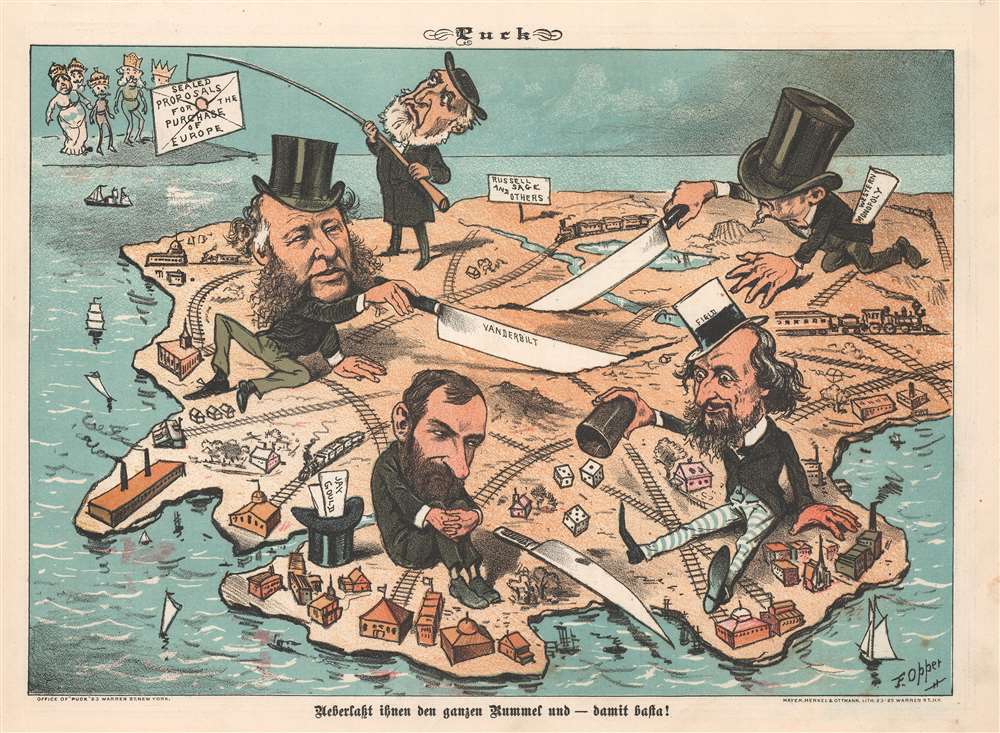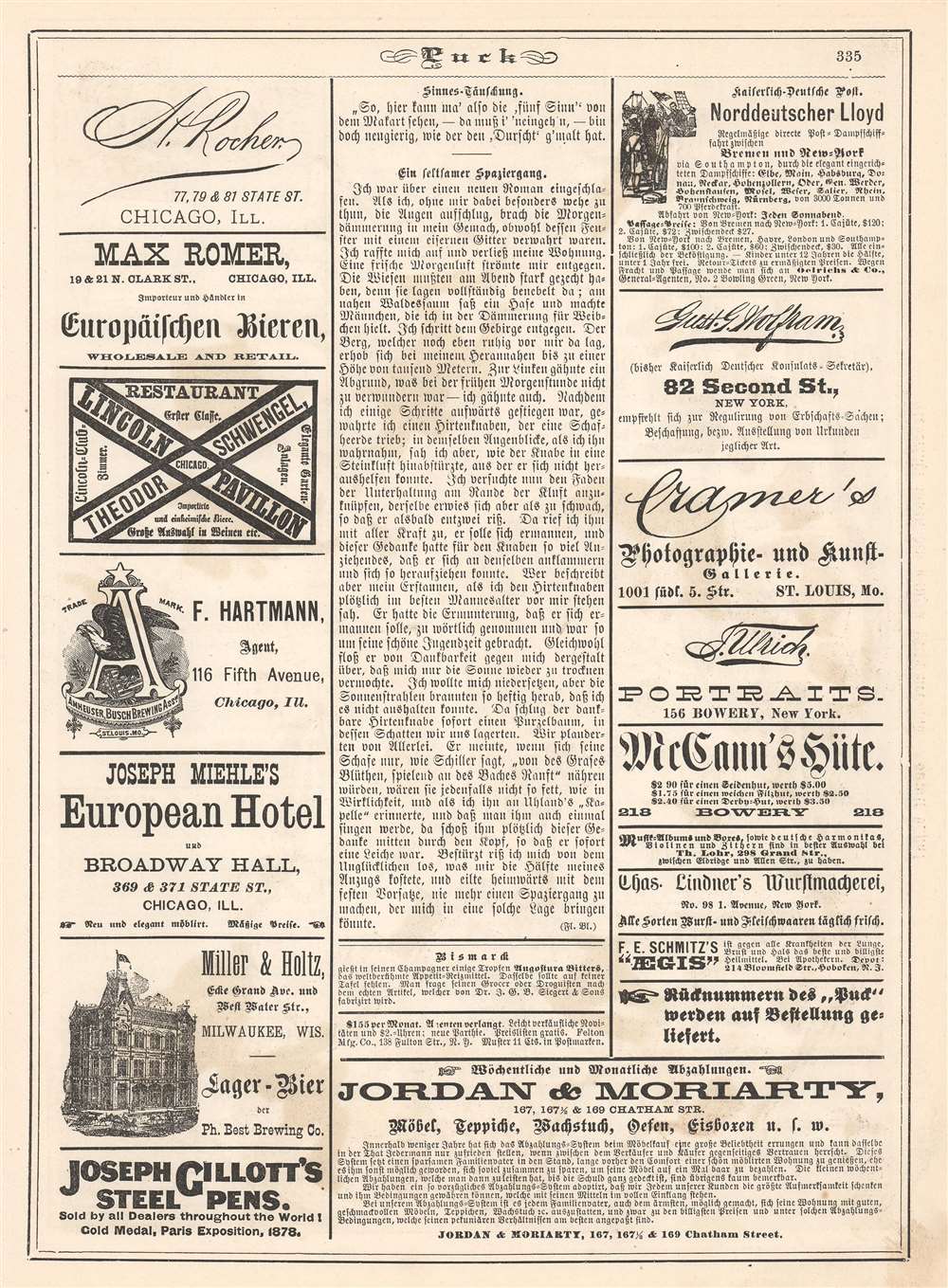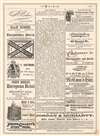This item has been sold, but you can get on the Waitlist to be notified if another example becomes available, or purchase a digital scan.
1882 Opper Political Cartoon Map of the United States Carved Up by Millionaires
CarvingWealthy-opper-1882
Title
1882 (undated) 9.25 x 12.25 in (23.495 x 31.115 cm)
Description
Robber Barons and the Gilded Age
The Gilded Age began in the 1870s and ended around 1900 and is characterized by rapid economic growth and industrialization. The era also saw waves of immigration leading to high poverty rates and concentrated wealth. 'Robber Baron' was a derogatory term assigned to businessmen who used exploitative practices to amass fortunes. While not all four figures illustrated here were 'robber barons', all four attained wealth and influence. Three, Gould, Vanderbilt, and Sage, were railroad barons. Field earned his fame and fortune in finance and later laid the first two transatlantic telegraph cables.Publication History and Census
This political cartoon was drawn by Frederick Opper and published in an 1882 German-language issue of Puck Magazine. An example is part of the P.J. Mode Collection of Persuasive Cartography at Cornell University. There is also an English-language variant.CartographerS
Frederick Burr Opper (January 2, 1857 – August 28, 1937) was an American artist and pioneer of the American newspaper comic strip, best known for his successful Happy Hooligan. His oeuvre encompassed humorous magazine cartoons, covers, political cartoons and comic strips spanning sixty years. The eldest of three children born to Austrian-American immigrants Lewis and Aurelia Burr Oppers in Madison, Ohio, he dropped out of school at fourteen to work as a printer's apprentice at the local Madison Gazette. Two years later he moved to New York City where he worked day jobs while continuing to draw. He studied briefly at Cooper Union, and worked briefly under illustrator Frank Beard. Opper's first cartoon was published in Wild Oats in 1876, after which he received regular work from Scribner’s Monthly and St. Nicholas Magazine. He worked steadily for Leslie's Weekly (1877 to 1880) but found a home employer with Puck Magazine for 18 years, drawing spot illustrations, color centerfold spreads, and covers. With Puck, Opper blossomed as a satirist, skewering newspaper moguls, politicians, and industrialists while championing 'Mr. Common Man.' His work spread to newspapers around the country, and in numerous books. A professional cartoonist, he painted as a hobby. More by this mapmaker...
Mayer, Merkel and Ottmann (1869 - 1901) was a New York City based lithography firm founded in New York by the German immigrants Vincent Mayer and August Merkel. Merkel and Mayer initially worked under 'Ferdinand Mayer and Company', before founding their own publishing partnership in 1869 as 'Mayer and Markel.' The Prussian immigrant Jacob Ottmann (1849 - 1890) joined the firm shortly thereafter and, when he had built up enough equity, became a partner. The firm officially changed to 'Mayer, Merkel and Ottmann' in 1874. The concern specialized in highly graphic color printed trade cards, and, by the 1800s, were a major American lithographic firm. Mayer and Merkel retired in 1885, leaving the firm to Ottmann, who renamed it 'J. Ottmann Lithographic' and in 1886 relocated to the Puck Building at 39 E. Houston Street. Around this time, he began to publish the weekly magazine Puck, known for graphically intense and witty political satire. After Ottmann's death in 1890, the firm was taken over by his son, William Ottmann, who shunted day to day management to Frank A. Bloom (1855 - 1901). Bloom ran the firm until his death in 1901, when it was acquired and became part of the United States Printing and Lithographing Company. Learn More...




